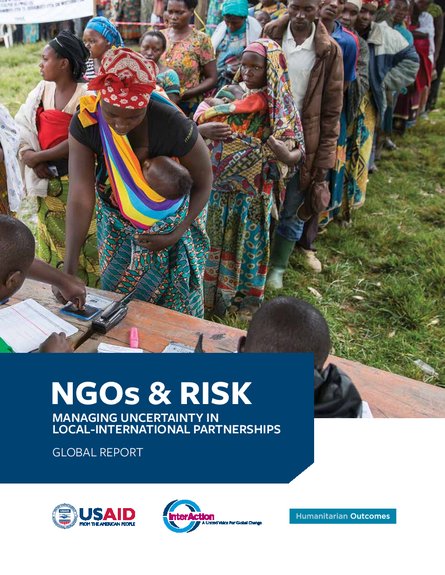
In humanitarian emergencies where access is limited and risk is high, people’s ability to obtain vital assistance often depends on partnerships between national and international aid organisations. In recent years, driven by the Syrian conflict in particular, significantly larger portions of international humanitarian aid have been implemented with and through national and local entities. In addition, the localisation commitments of the Grand Bargain call for more support and a greater share of resources to go to these local actors for the sake of better outcomes. At the same time, humanitarians face countervailing pressures that complicate and disincentivise partnering.
This report examines how risk is perceived and managed in partnerships between international and national NGOs working in humanitarian response.
